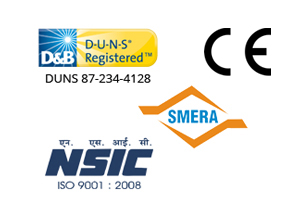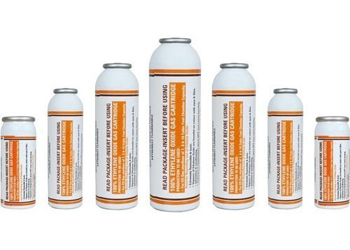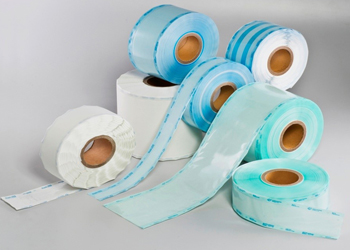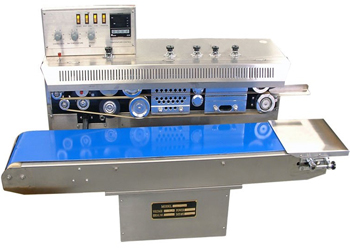Objective
This article explores current innovations and anticipated future trends in ETO sterilization, with a focus on technological advancements, automation and intelligent systems integration. It also examines how global demands, particularly in healthcare and pharmaceutical sectors, continue to shape the evolution of the ethylene oxide sterilization practices. The goal is to provide a forward-looking understanding of this critical field in medical and industrial sterilization.
Introduction: The Changing Landscape of ETO Sterilization
Ethylene oxide sterilization has long played a vital role in sterilizing heat-sensitive medical devices, instruments and products that cannot tolerate other forms of sterilization. Despite its longstanding use, this method is now undergoing transformative changes. Innovations in ETO sterilization machines, integrated automation and intelligent environmental controls are leading the charge toward a smarter, safer and more efficient future.
As demands for compliance, traceability and environmental responsibility increase, manufacturers and healthcare facilities may need to adopt new-generation sterilizer machines that align with emerging industry requirements. These evolving systems are redefining what it means to operate an advanced ethylene oxide machine in a complex and ever-changing regulatory and healthcare environment.
New Developments in ETO Sterilization Technology
Modern ETO sterilizers are moving beyond the basics of sterilant delivery and exposure time. They now include refined gas dispersion systems, enhanced chamber integrity and tightly regulated pressure and humidity control. These systems can improve reliability while maintaining performance consistency across cycles.
Recent developments in ethylene oxide sterilizer technology may include:
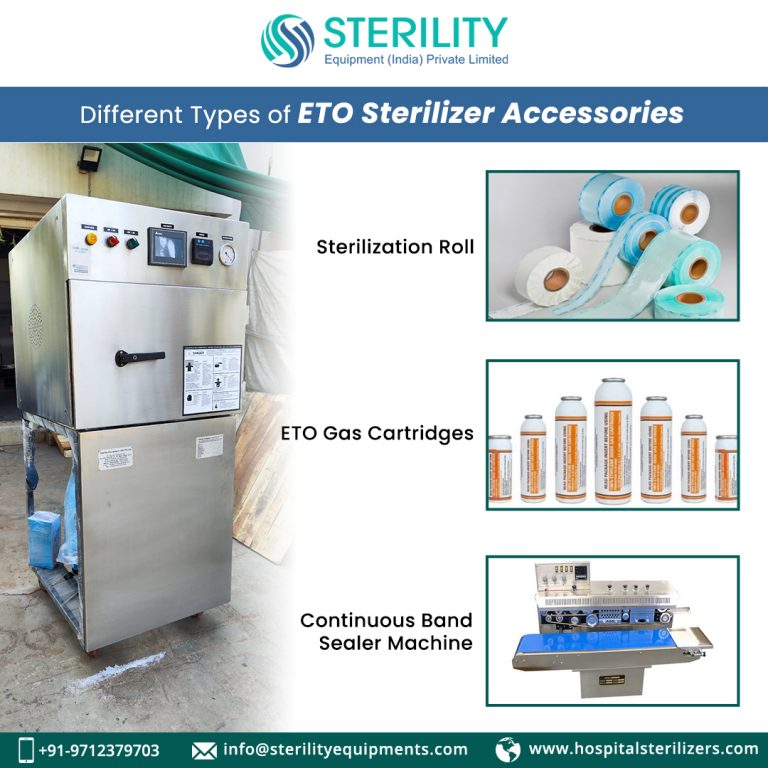
- Real-time pressure differential sensors
- Multi-zone temperature monitoring
- Improved chamber geometry for better gas circulation
- Redesigned ETO sterilization machines with minimal gas leakage pathways
Some ETO systems are being designed with modular configurations, allowing for greater flexibility in installation and maintenance. Advances in material science also support longer equipment life and reduced contamination risks.
The continuous innovation in ETO sterilizer process components reflects a focus on process stability, chamber uniformity and reduced human intervention – creating a safer and more controlled environment for critical sterilization operations.
Ethylene Oxide Sterilizer: Eco-Friendly Alternatives and Reduced Gas Consumption Models
As concerns over chemical use and emissions rise, there is increasing pressure to reduce the environmental impact of ETO sterilization. While ethylene oxide remains effective for medical sterilization, newer systems are being engineered to use less gas while maintaining sterility assurance.
Innovations in this area may include:
- Micro-dose gas injection systems
- Enhanced aeration cycles for reduced off-gassing
- Closed-loop ETO recovery and recycling technology
- Advanced scrubber systems to treat exhaust gases
Modern ETO sterilization machines are being built with environmental controls in mind. These upgrades do not compromise on performance but aim to reduce overall ETO consumption and emissions into the atmosphere.
Some sterilizer machines may now use pressure cycling combined with smart gas metering to achieve complete sterilization with a lower total gas volume. This approach aligns with both regulatory expectations and operational cost reductions.
Although a complete phase-out of ethylene oxide sterilization is not currently feasible for many critical-use products, a transition to smarter, cleaner and more efficient systems can help meet environmental guidelines while preserving sterilization efficacy.
Testimonial
“Excellent service and quality of machine ..”
ETO Sterilization: Future in the Post-Pandemic World
The COVID-19 pandemic placed immense stress on global sterilization infrastructure, particularly for personal protective equipment (PPE) and critical medical devices. This surge revealed vulnerabilities in sterilization logistics and capacity, which has led to a renewed interest in localized, high-throughput EO sterilizers.
Future trends may include:
- More decentralized sterilization hubs in hospitals and clinics
- Portable ETO sterilizer machines for field use
- Improved cycle turnaround times to handle volume fluctuations
- Greater integration with electronic medical records for traceability
Hospitals and healthcare institutions may prefer in-house hospital sterilizers that allow real-time sterilization without outsourcing. This reduces dependency on third-party logistics and may improve emergency response capabilities.
Post-pandemic recovery also emphasizes data integrity, process visibility and equipment scalability. Therefore, ETO systems must adapt to provide resilience and adaptability for various healthcare settings.
Additionally, ETO machine price may fluctuate depending on demand, technology integration and production capacity, but long-term investment in smart, scalable equipment is becoming a key consideration for healthcare infrastructure planning.
Automation Transforming ETO Sterilization Efficiency
Automation is no longer a luxury but a requirement in advanced ETO sterilizer design. Automated systems can handle load cycling, gas injection, monitoring, documentation and even maintenance alerts without requiring continuous operator input.
Key components of automated ethylene oxide sterilization include:
- Robotic loading/unloading systems
- Automatic door locking and sealing mechanisms
- Integrated barcode scanning for batch tracking
- Software-controlled exposure cycles with auto-adjustment
With these technologies, facilities may reduce labor costs, increase throughput and ensure uniformity across sterilization cycles. This is especially important for high-volume medical device manufacturers relying on consistent sterilization outcomes.
In highly regulated environments, automated documentation systems tied to compliance databases can also streamline FDA inspections and internal audits. Whether it’s a centralized sterilization equipment suite or a standalone ETO sterilizer, automation significantly enhances operational performance and regulatory readiness.
Emerging trends show that future ETO sterilizers may not only sterilize more efficiently but also communicate performance metrics and process alerts directly to plant managers or clinical supervisors through mobile platforms.
Conclusion
The future of ETO sterilization is defined by innovation, integration and intelligence. As medical device complexity and regulatory expectations continue to rise, ETO systems must evolve to remain relevant and reliable. From ethylene oxide sterilizers embedded with IoT sensors to automated sterilizer machines that minimize operator input, the industry is rapidly embracing smart, data-driven approaches.
Environmental efficiency, enhanced traceability and adaptable equipment configurations are becoming the new standard. The ETO sterilizer process of tomorrow may look fundamentally different from traditional models, not in sterilization principles, but in how technology empowers precision and efficiency at every step.
Facilities that invest in modern ETO sterilization machines, maintain compliance with evolving standards and adopt forward-thinking technologies are better positioned to meet the demands of a fast-paced healthcare landscape while staying compliant and competitive.

